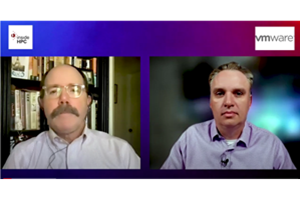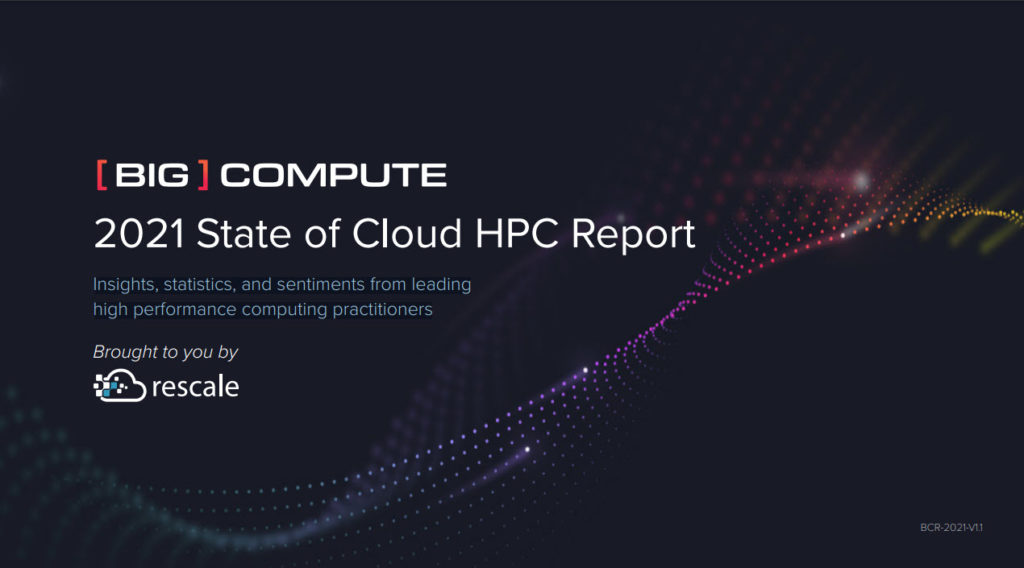At virtual ISC 2021, we sat down with Andrew Nielsen, VMware’s senior director of cloud migration and technical enablement, for a discussion about major trends driving growth in cloud-based AI as well as a technical and product update from VMware.
“If you take the best parts of cloud, like modularity, elasticity, rapid deployment, and scalable infrastructure without the heavy upfront CAPEX investments, these all apply when bringing AI and ML into the cloud,” Nielsen said. “Cloud ML also introduces cutting edge technology services, platforms, things like accelerators and pre-trained models. And this provides more options for how data science and engineering teams can collaborate to bring models from the labs to reality.”
If you take the best parts of cloud, like modularity, elasticity, rapid deployment, and scalable infrastructure without the heavy upfront CAPEX investments, these all apply when bringing AI and ML into the cloud.
On the particulars of VMware’s cloud portfolio, Nielsen said the company has offerings designed for the public and private clouds and, for example, a joint effort with Nvidia.
“VMware Cloud at its core is multi cloud,” he said. It’s available across all major public cloud providers, like Amazon Web Services, Microsoft Azure and Google Cloud Platform. Additionally, it supports local cloud as well as private and edge environments. And with our support for accelerators like GPUs, FPGAs, and other specialized hardware, organizations can leverage the sharing and optimization capabilities in VMware Cloud for ML training, inference and and a lot of other processing tasks. VMware is also jointly developing solutions with Nvidia for optimizing and sharing GPUs across virtual machines, and in (WMware) Tanzu Kubernetes environments.”




